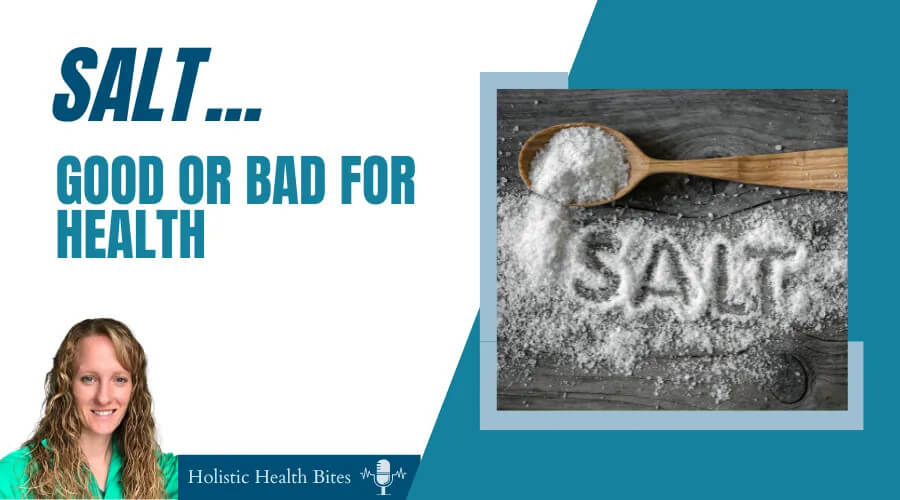
Salt – friend or foe?
There is so much conflicting information on salt! The mainstream media and medicine will tell you salt is dangerous. But what does the research actually show?
Episode notes:
- Most of us equate salt to sodium…but they’re not actually interchangeable. Sodium can combine with chloride to make one type of salt and ends up being about 40% of the composition of sodium chloride salt. This means for every 5 g of sodium chloride, only about 2g is sodium. The vast majority of adults get high levels of sodium in their diet due to processed foods, not from adding salt to their own home cooking. About 70% comes from processed foods with added salt or baking soda.
- Types of salt: table salt is the most common – often iodized. Sea salt is a coarse salt that has a milder flavor and may contain some natural iodine and other minerals. Himalayan salt is often larger crystals of pink salt with a small amount of minerals. Kosher salt is large, coarse, and used for drawing moisture out of meat. It is never iodized. Salt substitutes contain potassium chloride and/or a combination of the two types of salt.
- Why do we need salt? Sodium is an essential element, meaning we can’t make our own but we need it for various functions in the body like maintaining chemical and fluid balance in and around your cells, blood pressure regulation, muscle contraction, and for nerve impulses. Sodium concentration is regulated by the kidneys, central nervous system, and adrenal glands.
- How much should we get? US Dietary Guidelines say we should aim to eat less than 2.3g of sodium per day (about 1 tsp). The AHA limits that even further to less than 1.5g per day (¾ tsp). WHO also puts their limit at about 2g per day. Most people would exceed that with one bowl of soup or a Caesar salad.
- But what does the research show? Several top quality randomized controlled trials show no benefit to salt restriction in those with normal blood pressure. One study even showed correlations with higher sodium intake and longer life expectancy, and lower all cause mortality. Studies do show a small reduction in blood pressure, though they have not shown that to improve overall health status. It seems most likely that both too high and too low salt intake have increased risks. The PURE study looked at over 100,000 people in 17 countries and found that those who excreted less than 3g of sodium per day had an increased risk of heart attack and death with or without blood pressure elevations. The lowest risk were for people with 3-7g of sodium excretion.
- There are also some unintended consequences of low sodium intake, like insulin resistance.
- So what if you do have high blood pressure? This is where it gets a bit trickier and we have to consider individuality. Only about 25% of those without hypertension are sensitive to salt. About 50% of those with hypertension are sensitive to salt. Being sensitive equates to a rise in blood pressure by at least 5points in systolic blood pressure when consuming higher sodium. However, salt restriction doesn’t lower blood pressure very much in these people. For many people, decreasing from 3.5g to 1.5g of sodium will equate to a 5point drop.
- Can restriction actually cause harm? In a review of 185 different clinical studies, people with hypertension followed a sodium restricted diet for 2 or more weeks found a 3.5% decrease in blood pressure on average. However, they also experienced increased triglycerides, and adrenal hormones aldosterone, adrenaline, and noradrenaline which could lead to larger problems over time. And add to that, hypertensive individuals on sodium restriction also increase their resistance to insulin – regardless of their salt sensitivity. Insulin resistance dramatically increases your risk of heart disease! Managing your overall diet and lifestyle will have a far greater impact on your heart disease and blood pressure than simply removing sodium. Following a low carbohydrate or ketogenic diet can be one tremendously valuable strategy for reducing weight and blood pressure while improving insulin resistance. People following a whole food, low carb or keto diet may have an increased need for salt. Carbohdyrates are hydrated carbon – they have water attached. When you decrease your carb intake, you release retained water. Where water goes, minerals follow – so you excrete more sodium. This increases your need for minerals!
- Studies on diabetes show that those who consume the lowest amount of sodium have an increased risk of early death from heart disease or other causes. Those with type 1 diabetes were found to have the greatest risk at both the highest and lowest intake levels, but fared the best with moderate intake. One study out of Japan found that men with Type 2 diabetes who consumed the highest amount of sodium and had the greatest heart disease risk also had poor diabetes control. Those who managed their blood sugars well did not have the increased risk.
- The one population that does seem to benefit from some level of sodium restriction are those with chronic kidney disease. Even still, only a moderate sodium restriction is recommended (below 4g).
- One final caveat to consider is sodium intake relative to potassium intake. Many studies have shown that it’s not really the high sodium intake that’s problematic, but that these people simultaneously have low potassium! A sodium:potassium ratio is a better predictor of heart disease and death than when looking at either mineral alone. How much potassium should you aim to get? The guidelines recommend 4.7g, but research shows benefits starting at 3.5g. You can get natural potassium from fruits and vegetables like avocado, beet greens, spinach, beans, lentils, and squash (far better than the bananas we’ve all heard about).
- So, transition away from processed foods to whole vegetables with some fruits, maybe add some salt substitute with potassium chloride – and don’t be afraid of salt!



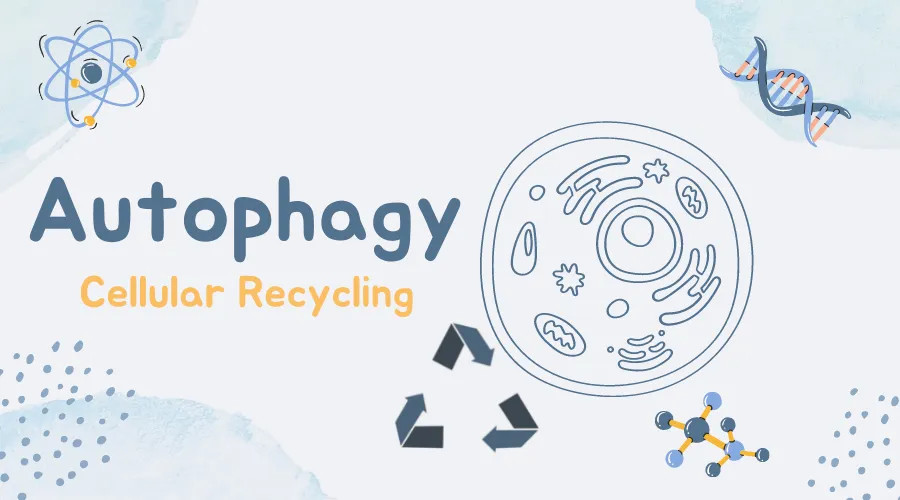
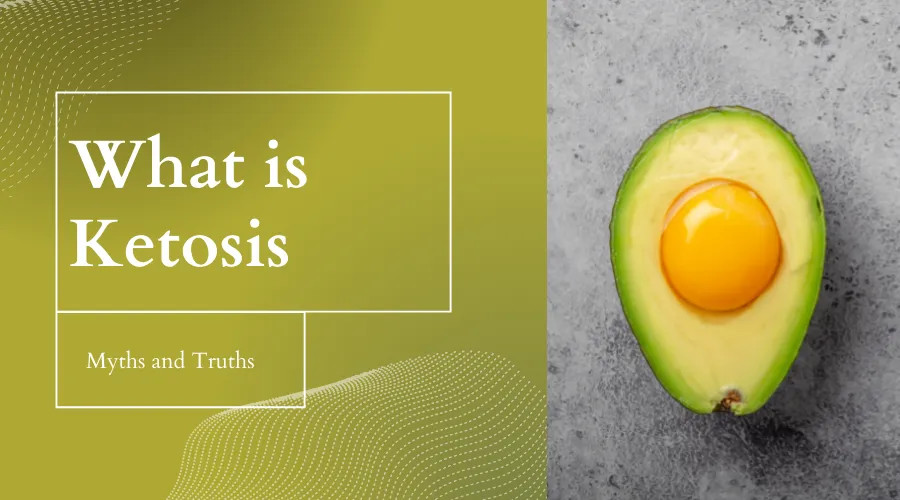
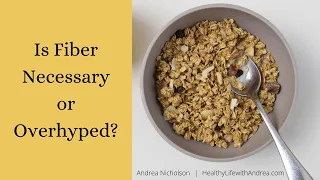
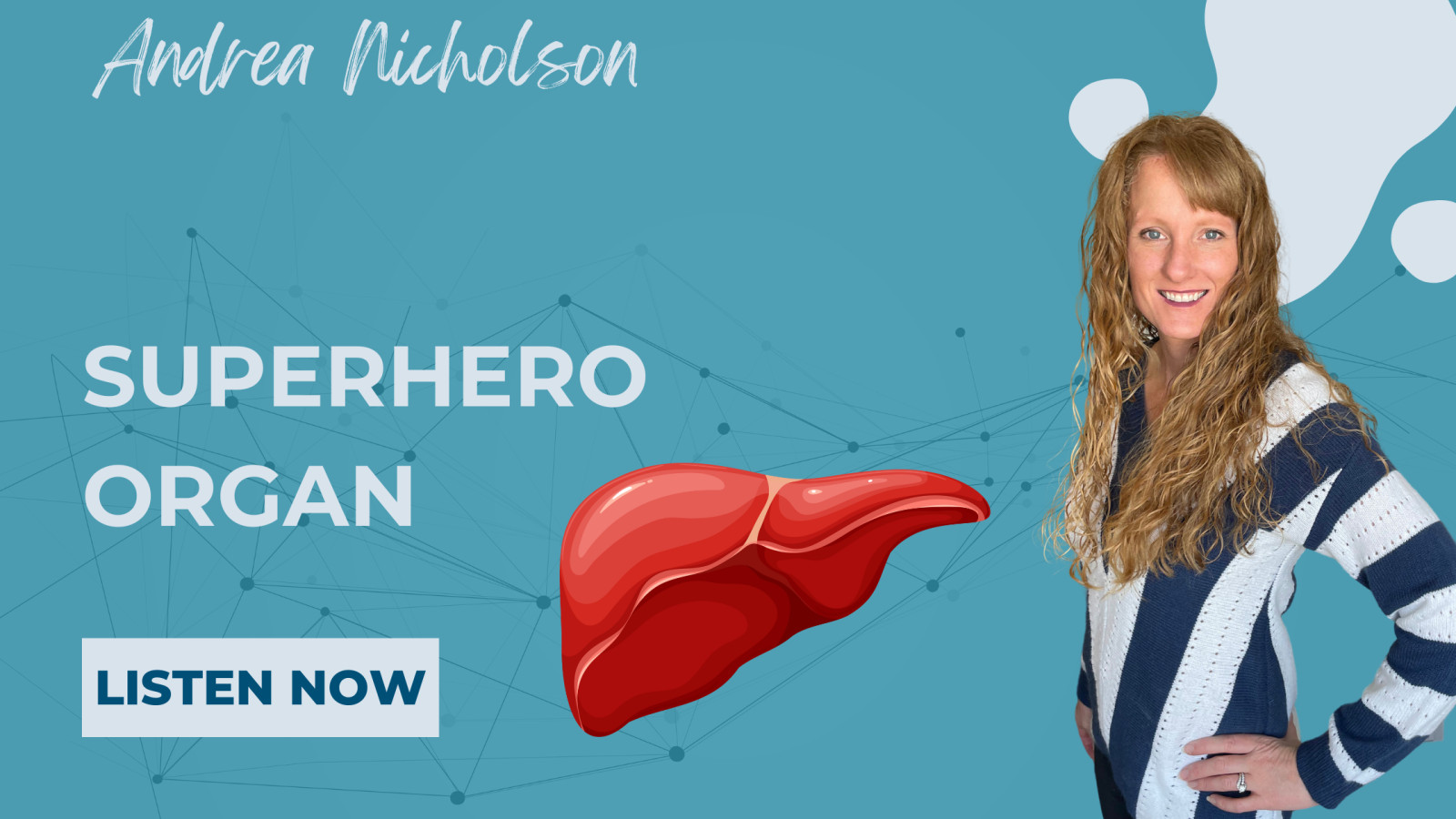
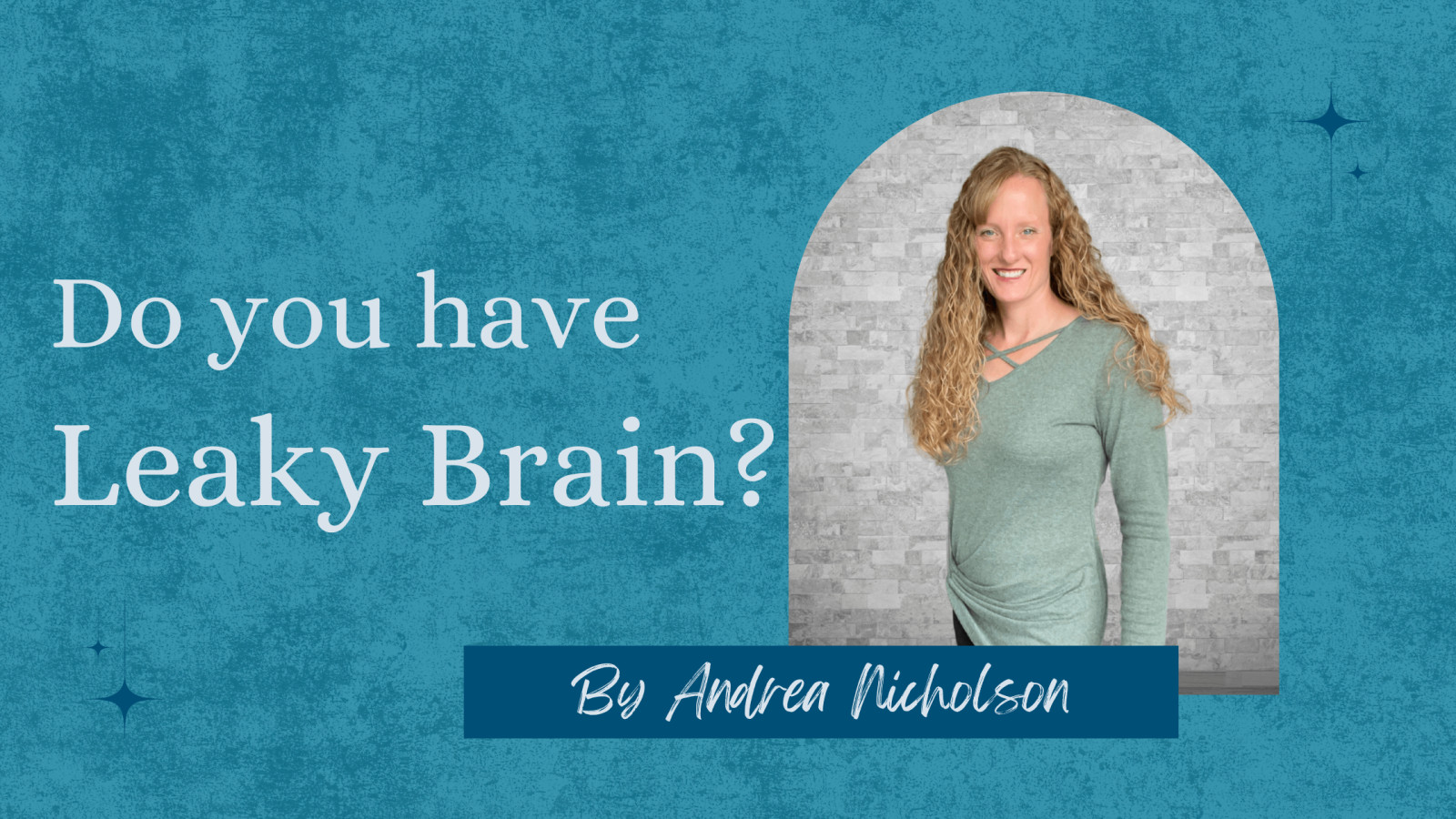
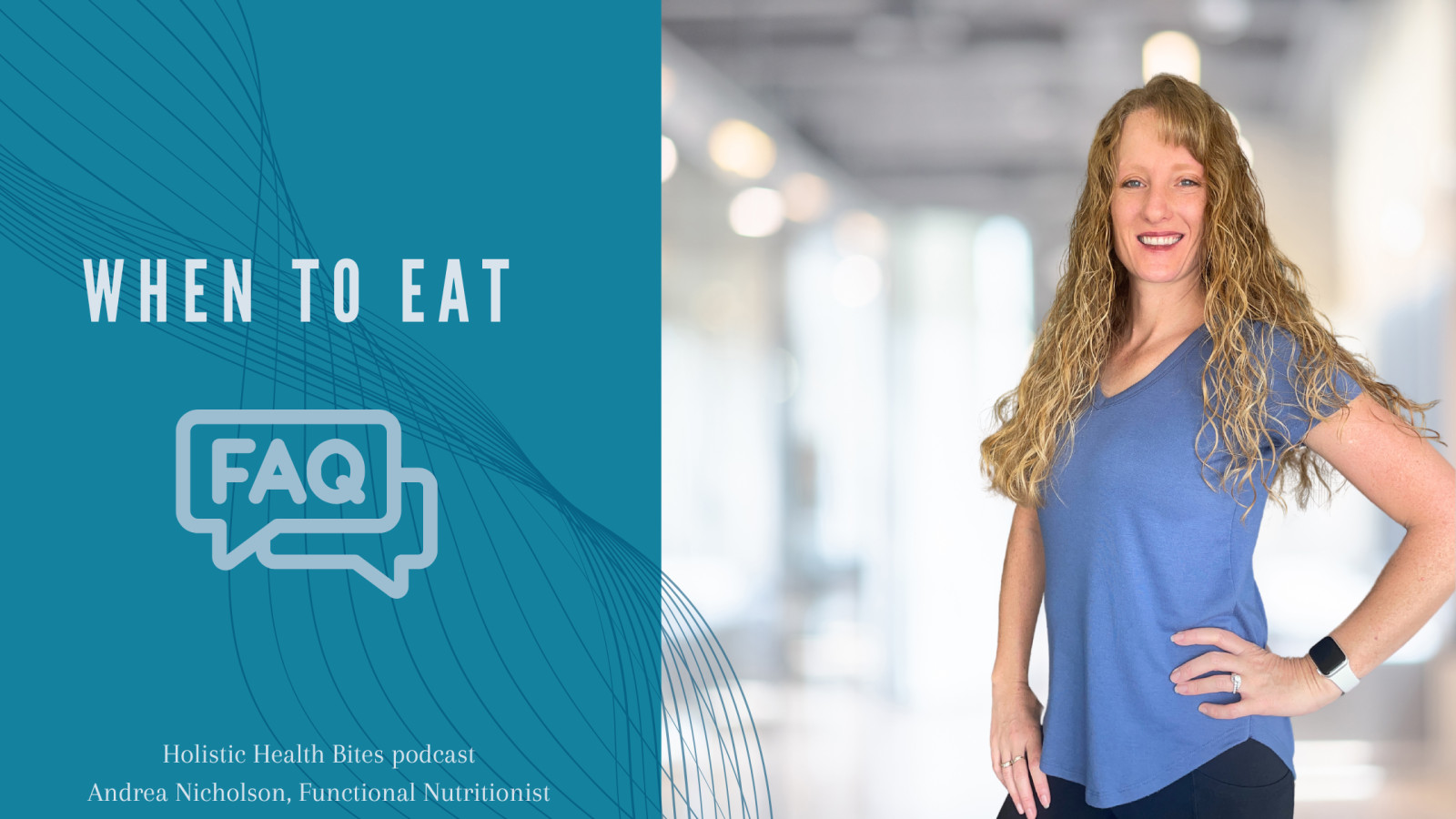
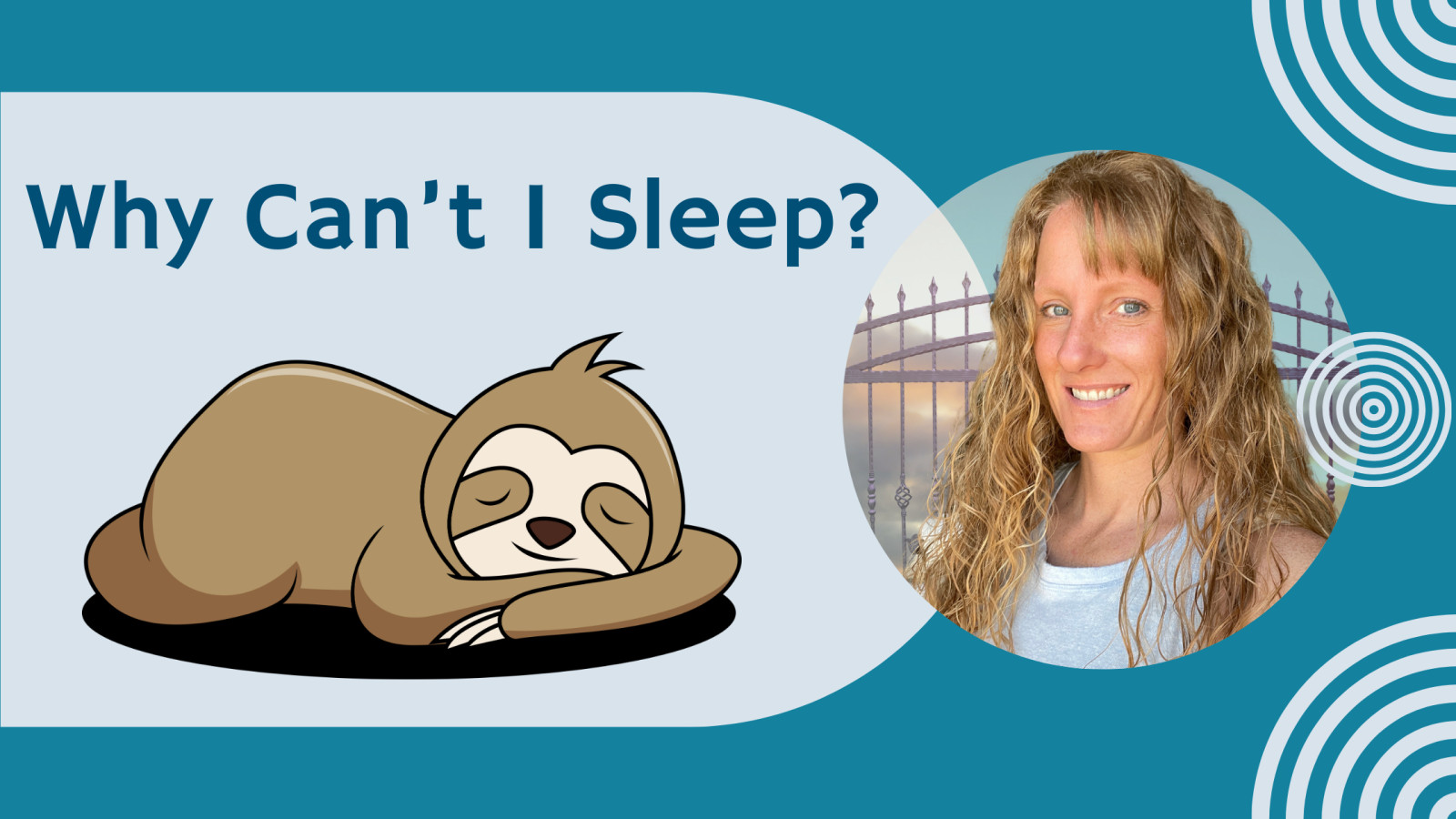
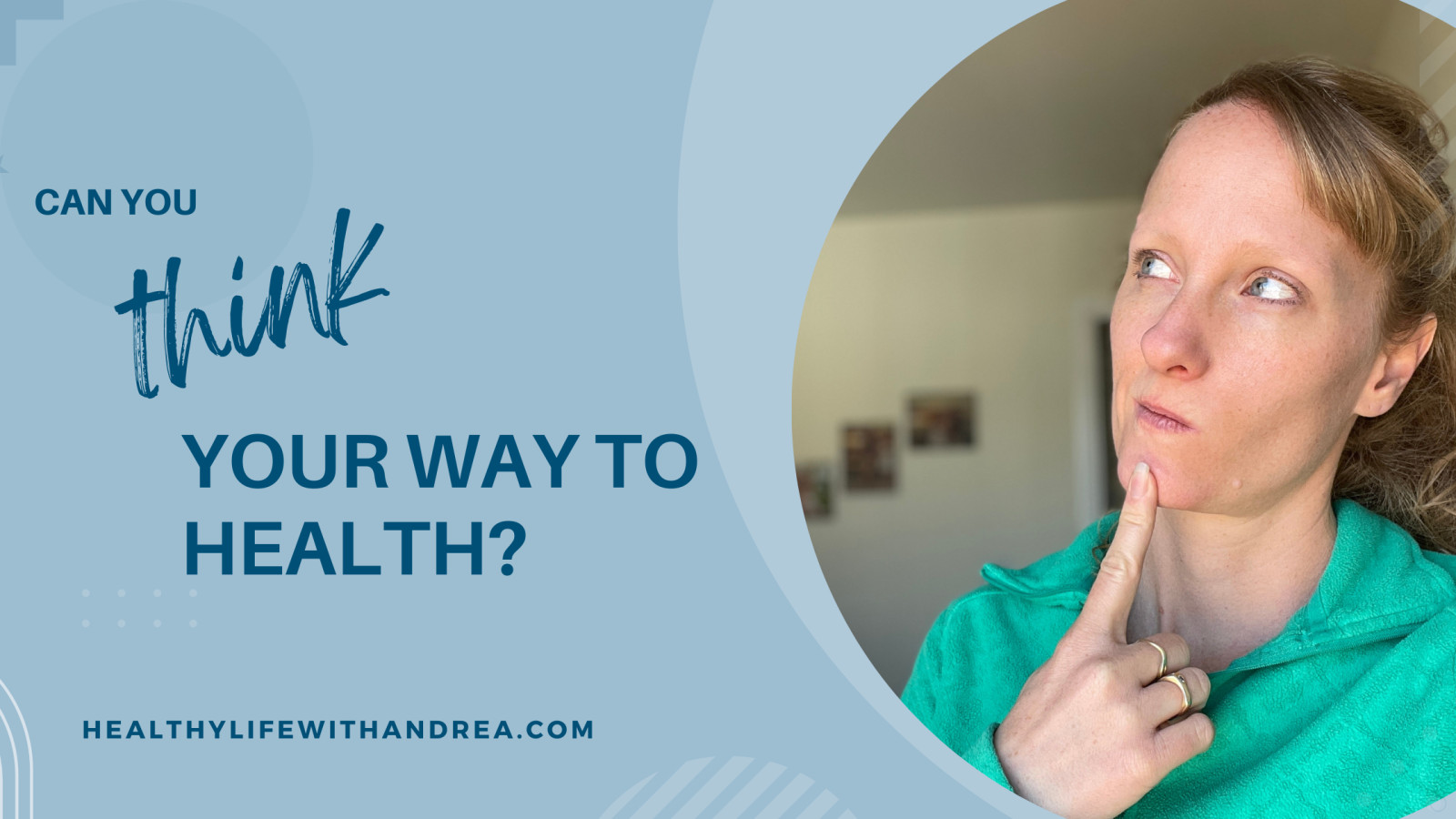
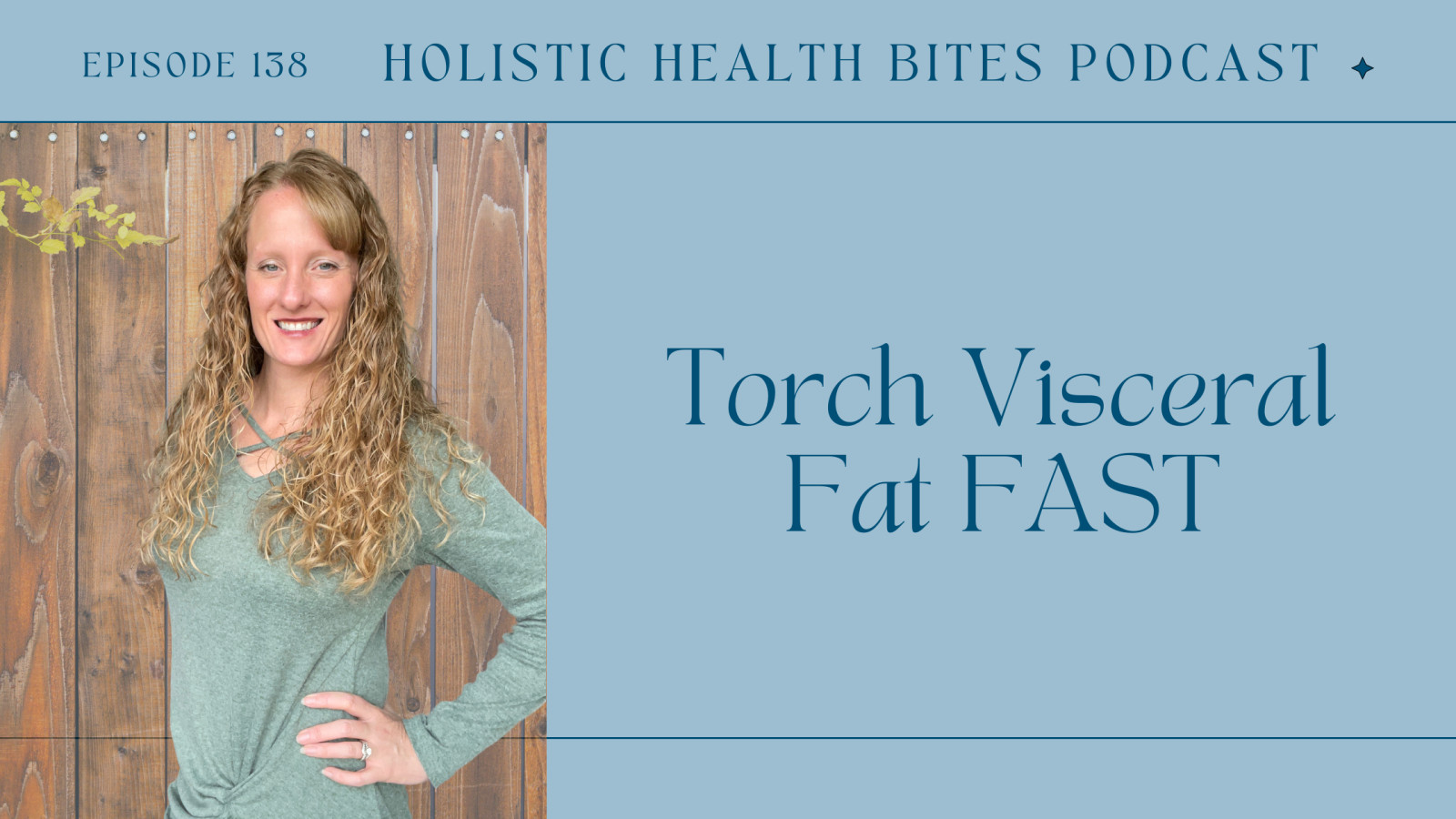

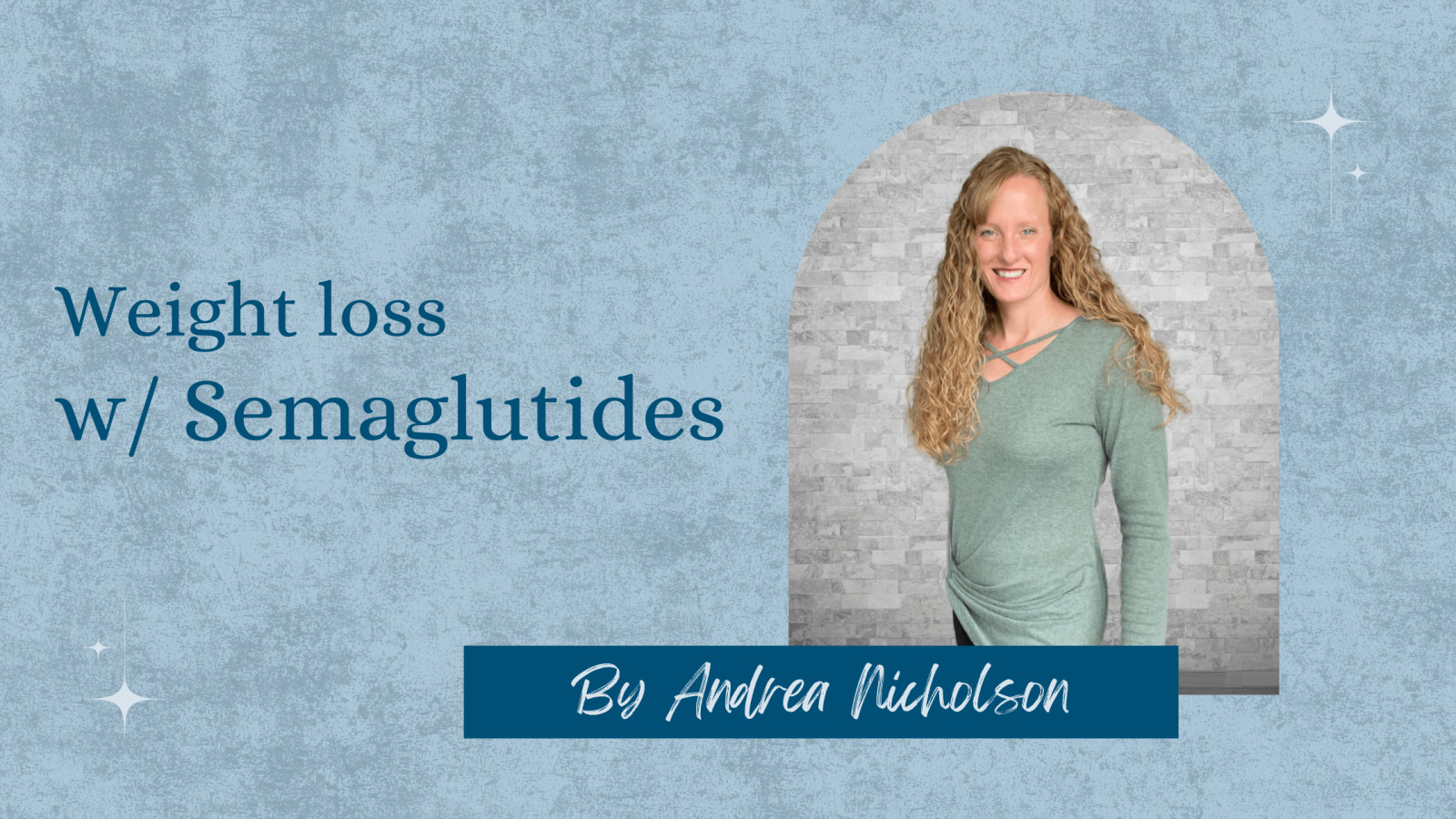
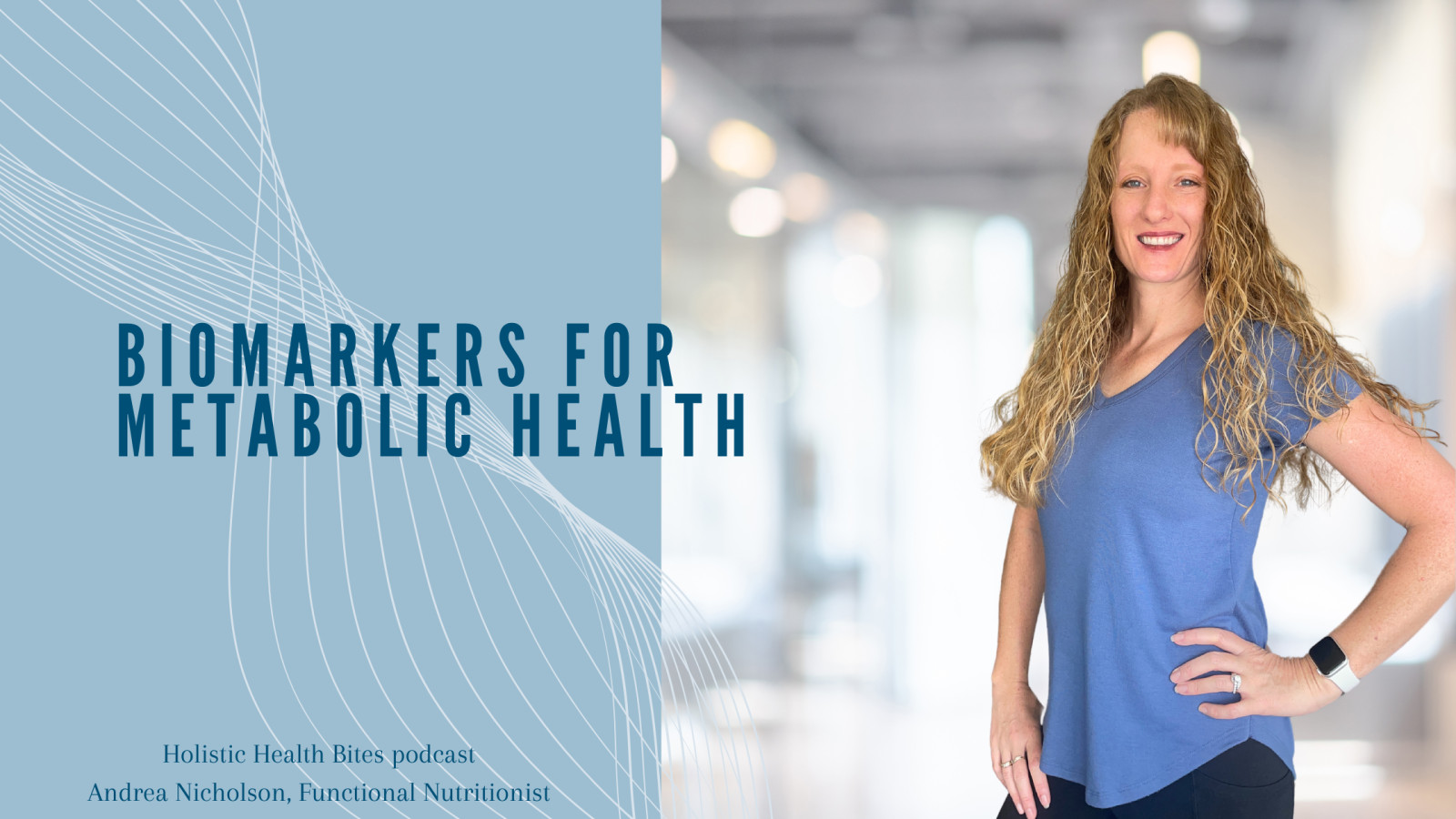






0 Comments